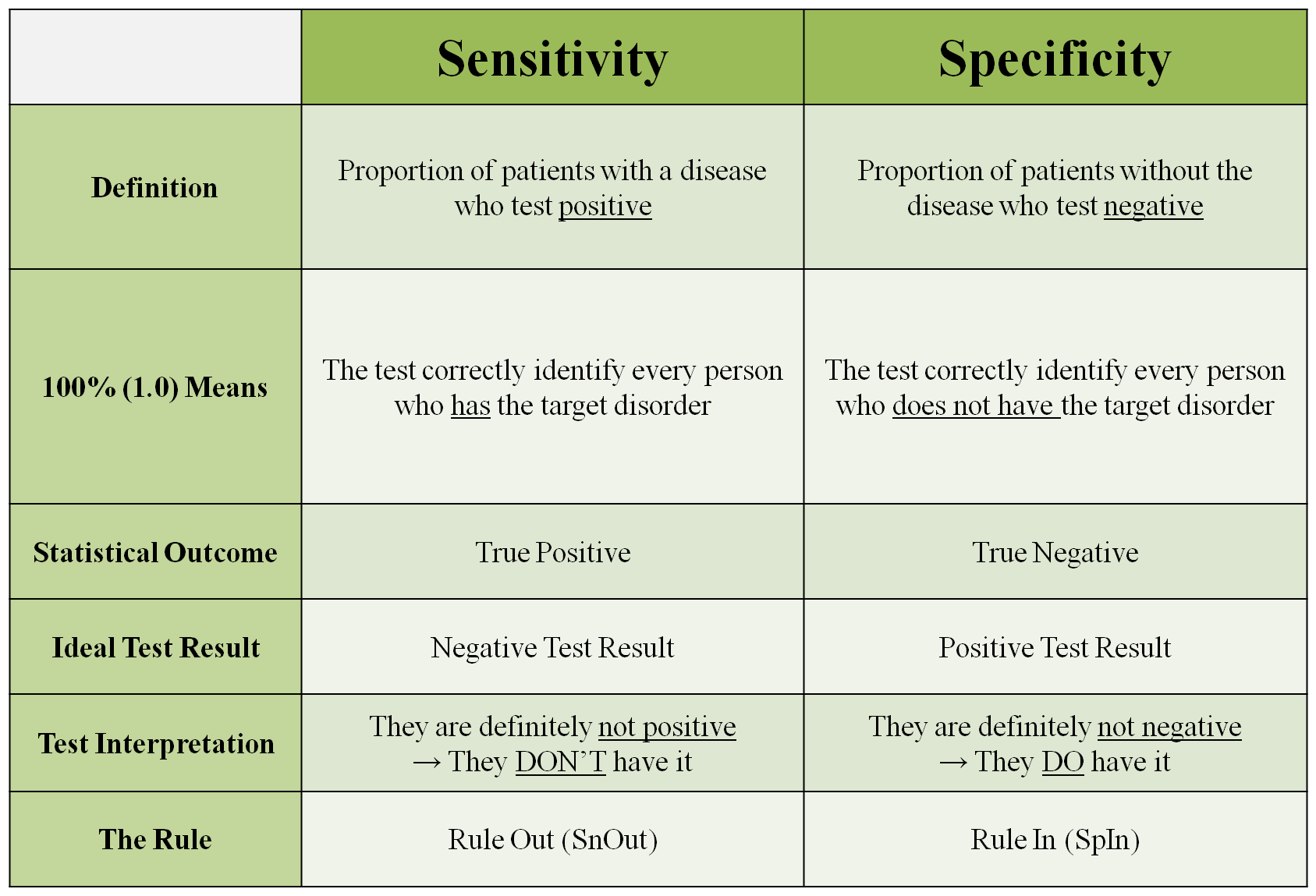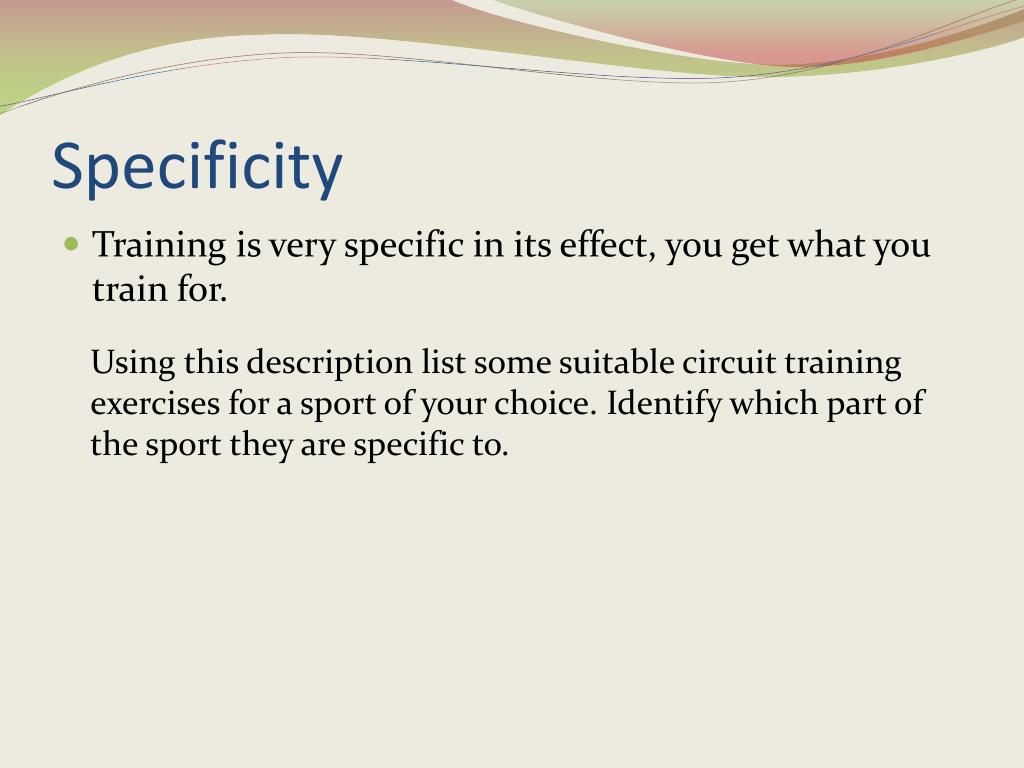

In a review of literature, the authors identify that there were few patterns to explain the improvements in experiments that use the contextual interference paradigm. ĭespite the improvements in performance seen across a range of studies, one limitation of the contextual interference effect is the uncertainty with regard to the cause of performance improvements as so many variables are constantly manipulated. Although varied practice may lead to poor performance throughout the acquisition phase, it is important for the development of the schemata, which is responsible for the assembly and improved retention and transfer of motor learning. Variability of practice (or varied practice) is an important component to contextual interference, as it places task variations within learning. Contextual interference effect is "the effect on learning of the degree of functional interference found in a practice situation when several tasks must be learned and are practiced together". how tasks can be subdivided and practiced (also see varied practice), and the precise form of feedback can influence preparation, anticipation, and guidance of movement.īehavioural approach Structure of practice and contextual interference Ĭontextual interference was originally defined as "function interference in learning responsible for memory improvement". The timing and organization of practice can influence information retention, e.g. the structure of practice and the feedback. At the behavioral level, research focuses on the design and effect of the main components driving motor learning, i.e. Neuroscience research on motor learning is concerned with which parts of the brain and spinal cord represent movements and motor programs and how the nervous system processes feedback to change the connectivity and synaptic strengths.

Temporary gains in performance during practice or in response to some perturbation are often termed motor adaptation, a transient form of learning.

Motor learning is "relatively permanent", as the capability to respond appropriately is acquired and retained. Motor learning research often considers variables that contribute to motor program formation (i.e., underlying skilled motor behaviour), sensitivity of error-detection processes, and strength of movement schemas (see motor program). Motor learning enables animals to gain new skills, and improves the smoothness and accuracy of movements, in some cases by calibrating simple movements like reflexes. Motor learning occurs over varying timescales and degrees of complexity: humans learn to walk or talk over the course of years, but continue to adjust to changes in height, weight, strength etc. Motor learning refers broadly to changes in an organism's movements that reflect changes in the structure and function of the nervous system. Organism's movements that reflect changes in the structure / function of the nervous system


 0 kommentar(er)
0 kommentar(er)
